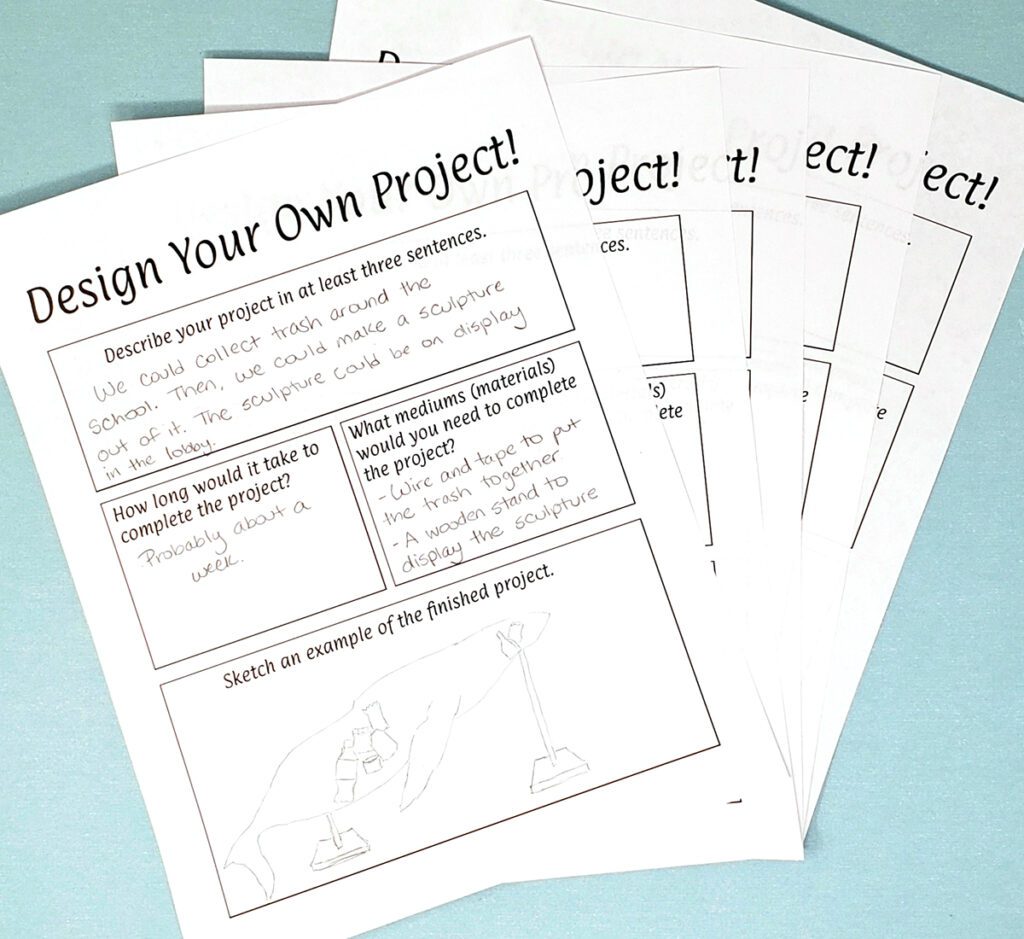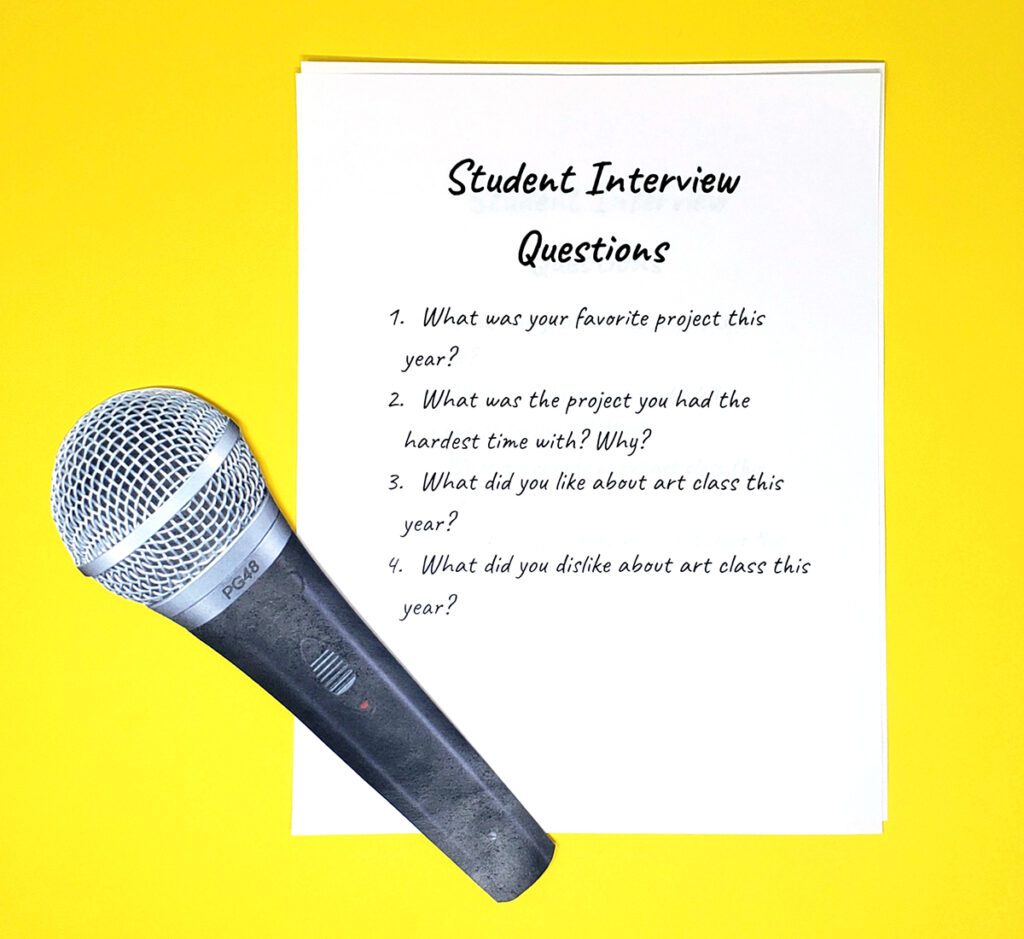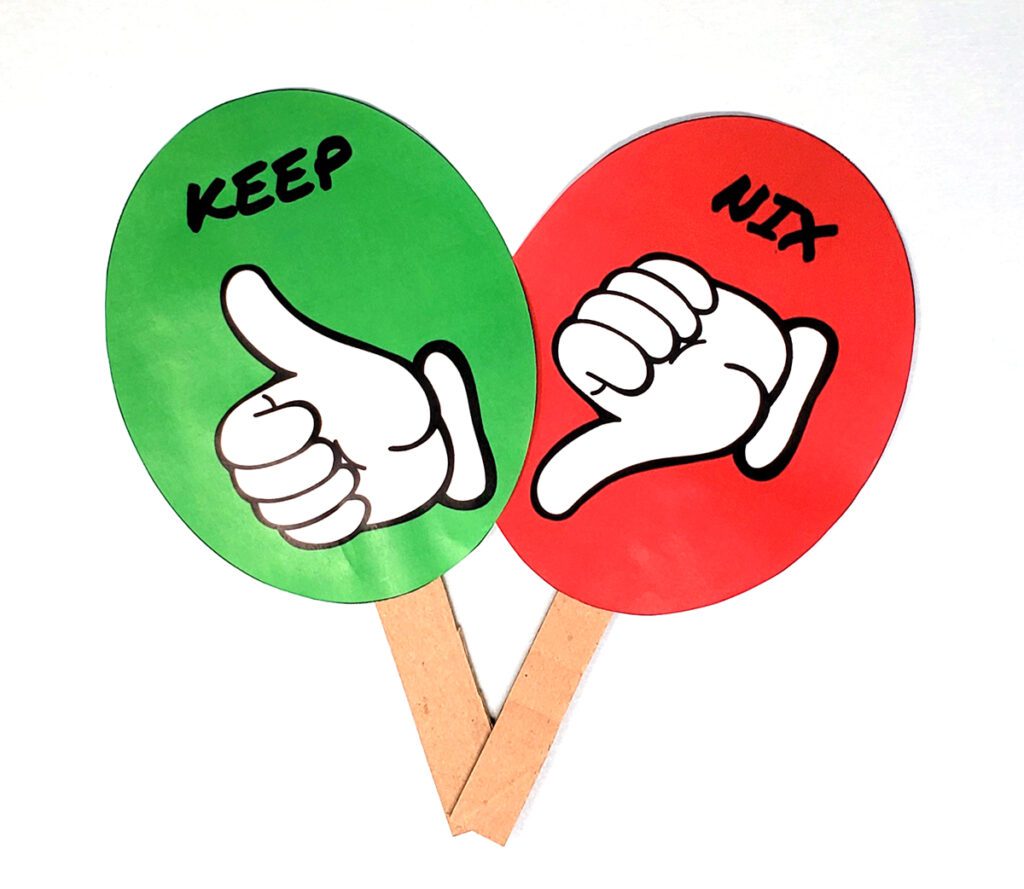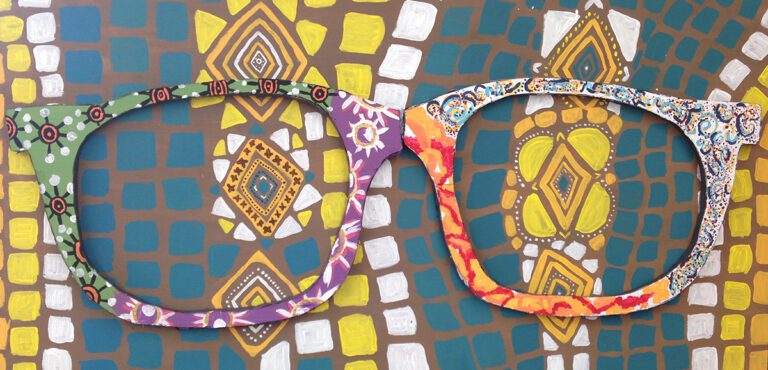Teachers receive feedback from a multitude of sources. Administrators, district employees, other teachers, students, and parents often share their opinions. Most of the time, teachers don’t even have to ask for it! While it can be hard to accept all of the opinions flying at educators, receiving feedback is an invaluable part of growing. With it, teachers become aware of ways to boost student engagement and student growth. As the end of the school year approaches, consider asking for your students’ feedback. Getting current students’ input is an encouraging way to wrap up the year. It can also help you plan for an even better year in the future!
Take a look at these seven ways to make giving and receiving student feedback fun!
1. Classroom Design Project
Consider giving students a say in how the art room looks. After all, some students will spend hours every week in your classroom. We want them to feel safe and comfortable. Have them show you what their ideal classroom environment would be. They may come up with ideas you like even better than your current setup!
Here are two ways students can give feedback on the classroom design:
- Classroom Mood Board
Students curate classroom decor ideas from the internet and compile them into a mood board. Students can present their mood board to the class. This will allow you to gauge how excited the other students are about the new decor ideas. - Classroom Layout Design
Those who have a knack for organization draw a reimagined art room layout. Students envision different furniture arrangements and locations for supplies based on their experience in the art room.

2. Design a Project
What would your students’ dream projects look like? You designed projects for them all year, so let your students have a turn! Students draw a picture of the result of their dream project and then present their idea to the class. As they present, ponder how their projects reflect your curriculum. What mediums do they wish they could use? What themes are present in their dream projects? Their dream projects may not be feasible, but they will give you insight into their interests. Pay attention to their ideas to inform and inspire themes and project ideas for next year’s curriculum.

3. Favorite Project Awards
Teachers often award prizes to students. But what about letting students award prizes for project assignments? Students pick their favorite projects in various categories, such as most entertaining, favorite drawing project, or favorite 3D project. Then, roll out the red carpet (either metaphorically or with butcher paper), and host a project awards show. Students can take turns “hosting” the awards show by announcing the winning projects. Make it a real party by having snacks and a video montage of students’ finished artworks from the year! It’s a fun way to reminisce and see the projects students enjoyed most.

4. Video Tips for Next Year’s Students
Note: Follow district and school policies regarding recording students.
Students give advice to future students. Write letters or record videos to address provided prompts. Students are more likely to open up when giving peer advice than if they think they are addressing their teacher. Plus, you’ll get a sense of how your students view your classroom management and their classroom experiences. You can use this information to create better systems for next year.
Here are some prompts to start with:
- To be successful in this class, you need to…
- The top three things I learned this year are…
- The most important policies and procedures to follow in this class are…
5. Interviews
Conduct individual interviews to reinforce the relationships you built. Sit across from each student and ask them questions about their art room experience while the rest of the class works on a project. This shows students you value their opinions. You can set up a camera in the corner of your classroom to record the interviews or jot down notes with paper and a pen. You can even create a fake microphone and a fun backdrop to make it a special experience for your students.

6. Voting
Ask students to vote on which projects you should keep for next year and which ones you should nix. Be open and honest with students, telling them how you will use the results of the voting process. Knowing their input will hold sway in future classes will make your students feel like their opinions matter. You can even ask them to vote for or against projects they haven’t done but want to try. Take a look at FLEX Curriculum to get new project ideas for next year and add them to the vote!
These four voting methods allow students to express their opinions on projects:
- Thumbs-Up or Thumbs-Down
Students give a thumbs-up or thumbs-down. - Paddles
Design two-sided paddles for students to use to cast their votes. - Ballots
Fill out physical slips of paper anonymously and place them in a box. - Polls
Post or send out digital polls.

7. Surveys
Fill out a survey for a straightforward and effective way to receive feedback. It’s also one of the most efficient ways to analyze data since many survey platforms will condense data into graphs or charts. Ensure that your survey is well-rounded and covers various topics and classroom components. For instance, ask about projects, the classroom environment, and ways to increase engagement. Leave space for students to write open-ended feedback on any subject they feel strongly about. You’ll have useful qualitative and quantitative data to inform future instruction.
Tips for Gathering Honest Feedback
While gathering feedback from students is valuable, it’s important to ensure that students are being open and honest with their feedback. Otherwise, students may tell you what they think you want to hear.
Here are three tips for encouraging honest responses:
- Be upfront with students about your intentions.
Tell them you are trying to figure out what to change for the next school year. Believing their input will facilitate change is empowering! - Tell your students it does not affect their grades.
If students think they have to give positive feedback in order to get a good grade, they’re less likely to be honest. - Ask for ways to improve.
Share that you strive to be a good teacher, and that means you need their help to look for ways to grow.
Student feedback is invaluable to creating a welcoming environment and student-centered curriculum. Gather feedback from this year’s students so you can reflect on their input and implement some of their suggestions next year. Ask for their opinion on everything from classroom design to policies and procedures. Students’ viewpoints on classroom design and organization shine through when they design mood boards and compose layout designs. Their interests and perspectives on projects become evident when they design their own, host a project awards ceremony, or vote on projects to keep or nix. Get a sense of how students feel about your classroom policies and procedures by hosting interviews or recording student reflections. When all else fails, ask students to fill out a simple survey. Whichever way you choose to collect feedback from your students, let their input guide you in making next year even more successful than this one!
In what ways do you collect student feedback?
How have you and your curriculum changed based on student feedback?
Magazine articles and podcasts are opinions of professional education contributors and do not necessarily represent the position of the Art of Education University (AOEU) or its academic offerings. Contributors use terms in the way they are most often talked about in the scope of their educational experiences.





